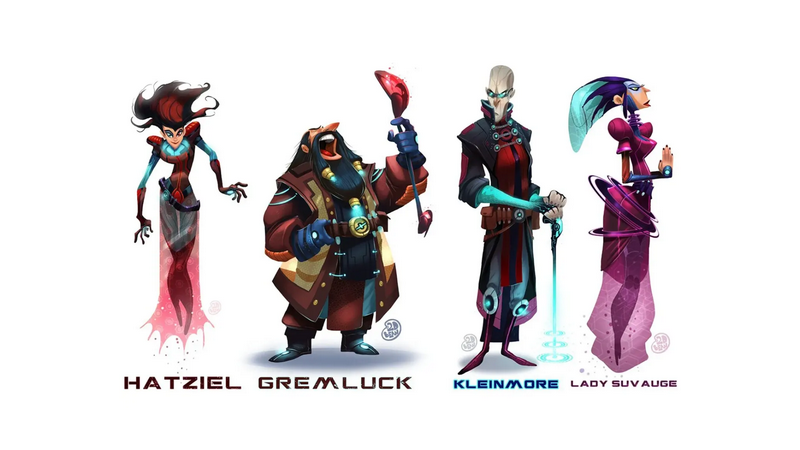In the world of video games, tutorials are a necessary evil. They serve the crucial purpose of teaching players how to interact with the game world, understand its mechanics, and ultimately get the most out of their gaming experience. However, in recent years, there has been a noticeable shift in game development away from linear tutorial segments towards more organic and integrated methods of teaching players how to play.
So why exactly are developers avoiding linear tutorial segments? Let’s dive into some of the reasons behind this trend and explore how it is shaping the modern gaming landscape.
One of the primary reasons why developers are shying away from linear tutorial segments is that they can disrupt the flow of the game. Traditional tutorials often force players to pause their immersive experience in order to sit through a series of explanations and exercises. This can be a jarring experience, especially for players who are eager to jump into the action and start playing right away.
By integrating tutorials more seamlessly into the game world, developers can maintain the momentum and keep players engaged from start to finish. This can be achieved through clever level design, interactive pop-ups, or contextual hints that appear at relevant moments. By teaching players as they go along, developers can ensure that the learning process feels natural and integrated, rather than disruptive.
Another reason why linear tutorial segments are falling out of favor is that they can feel patronizing to players. Being led by the hand through a series of basic tasks can make players feel like their intelligence is being underestimated. In an era where gamers are more knowledgeable and experienced than ever before, this approach can come across as condescending.

Instead, developers are focusing on giving players more autonomy and agency in discovering how to play the game. By presenting challenges and obstacles that require players to experiment and problem-solve on their own, developers can foster a sense of mastery and accomplishment. This approach not only respects the player’s intelligence but also encourages them to engage more deeply with the game world.
Furthermore, linear tutorial segments can limit the player’s creativity and freedom. By explicitly stating how to perform certain actions or solve specific puzzles, developers run best modded minecraft server hosting the risk of stifling player agency and reducing the game to a series of rote tasks. This can make the gameplay feel repetitive and uninspired, ultimately detracting from the overall experience.
In contrast, a more hands-off approach to tutorials allows players to explore and experiment with the game mechanics organically. By providing players with the tools and resources they need to succeed, but leaving the exact methods up to them, developers can foster a sense of creativity and innovation. This empowers players to find their own unique solutions to challenges, leading to a more engaging and personalized gameplay experience.
From an SEO perspective, avoiding linear tutorial segments can also benefit developers by improving the overall quality and accessibility of their games. Games that are intuitive and easy to pick up are more likely to attract a wider audience, including casual gamers and newcomers to the medium. By designing games that are welcoming and inclusive, developers can increase their reach and appeal to a broader demographic.
In conclusion, the shift away from linear tutorial segments in game development is a positive trend that benefits both players and developers. By integrating tutorials more seamlessly into the game world, allowing players more autonomy and creativity, and improving overall accessibility, developers can create more engaging and immersive gaming experiences. As the industry continues to evolve, it will be exciting to see how developers push the boundaries of tutorial design and create even more innovative and engaging game experiences.
